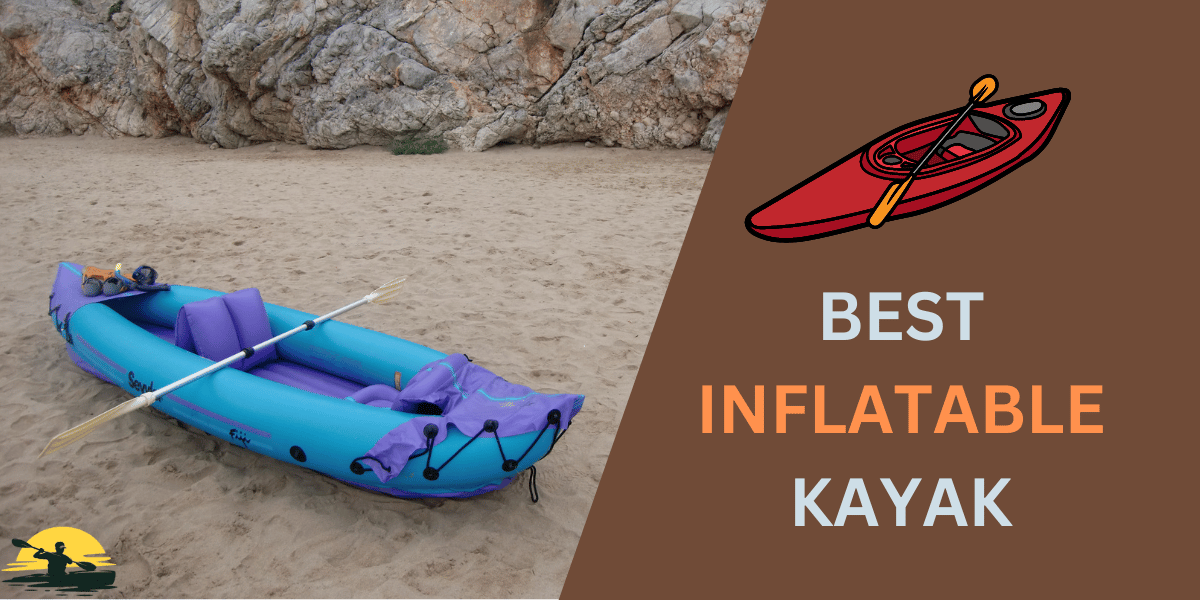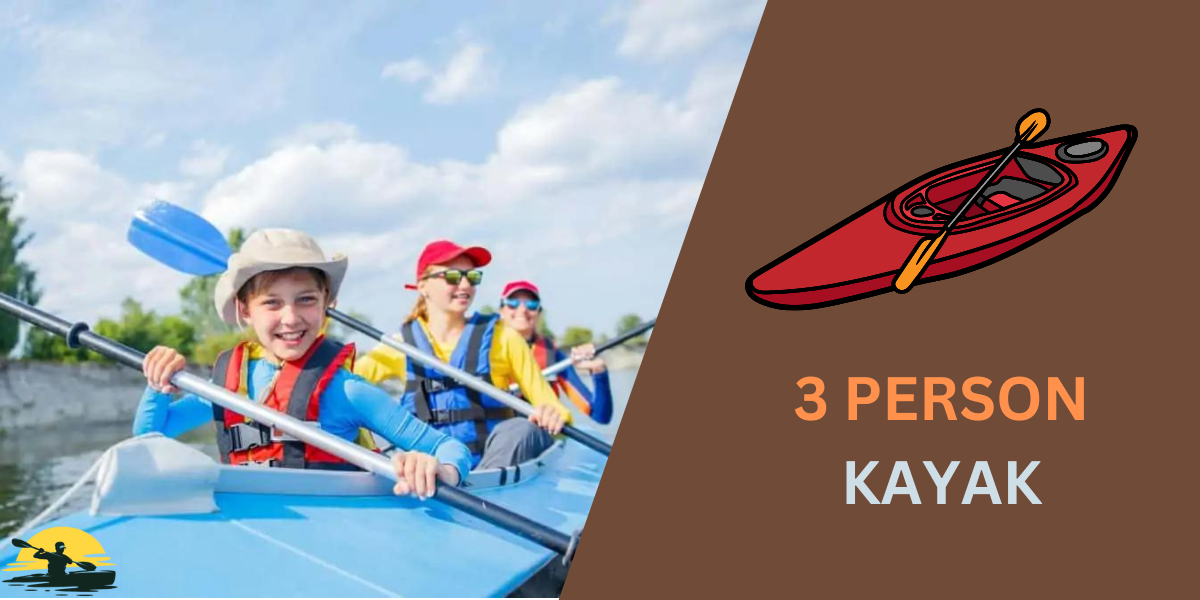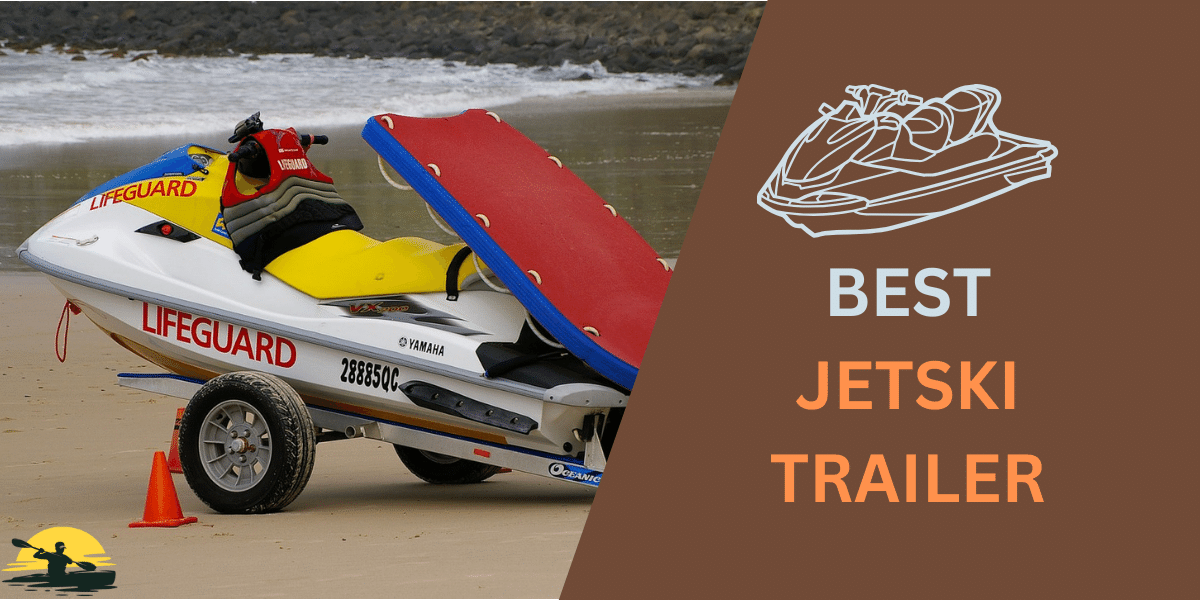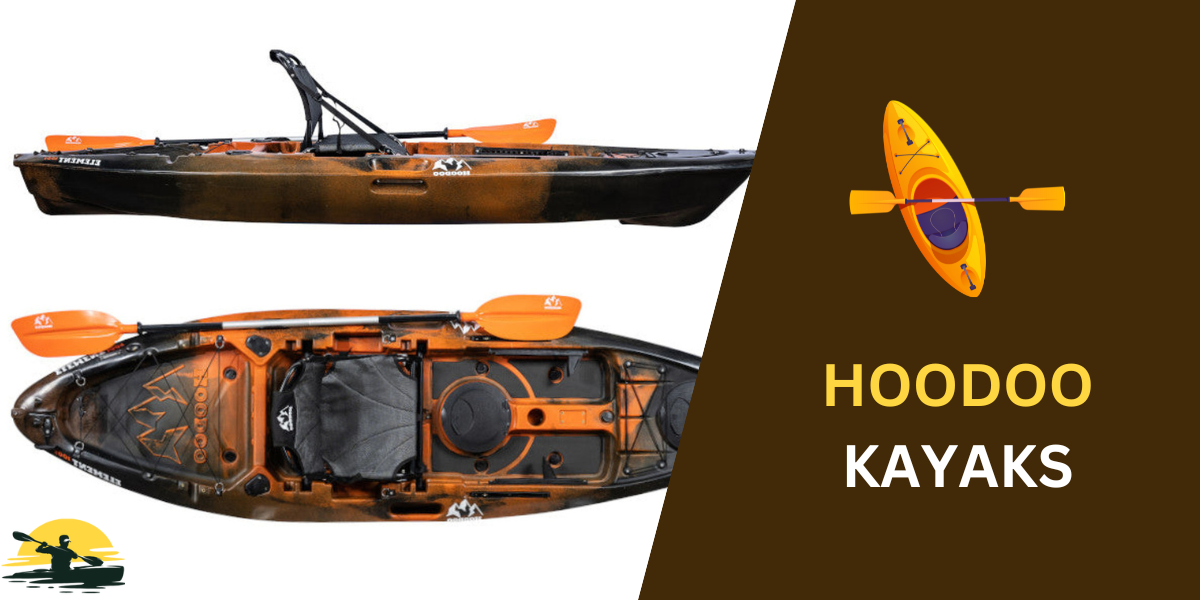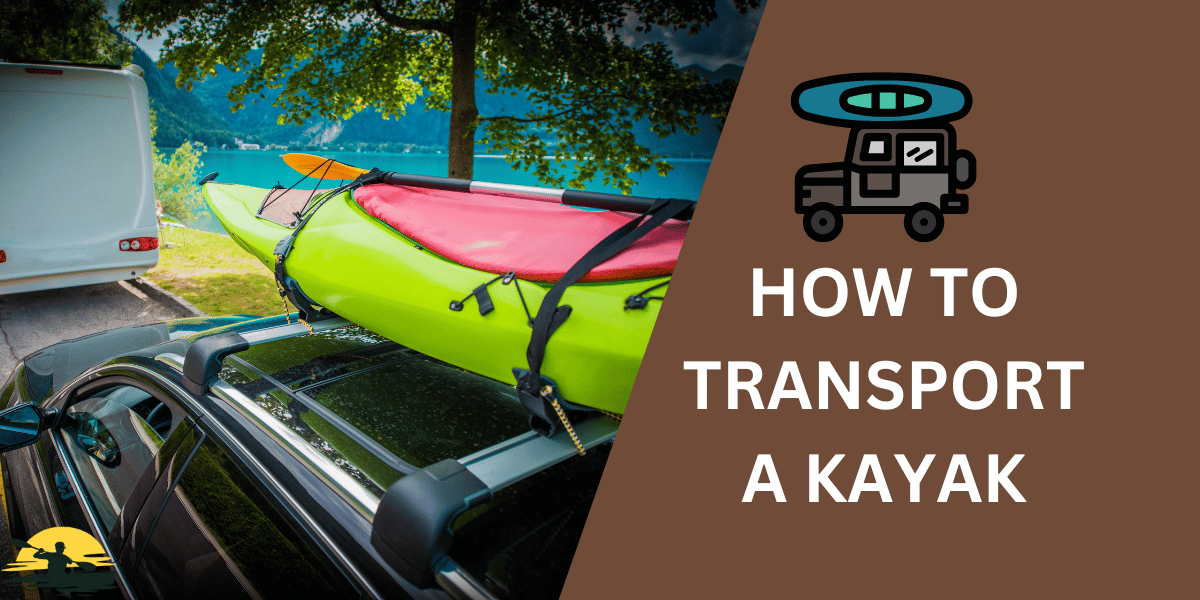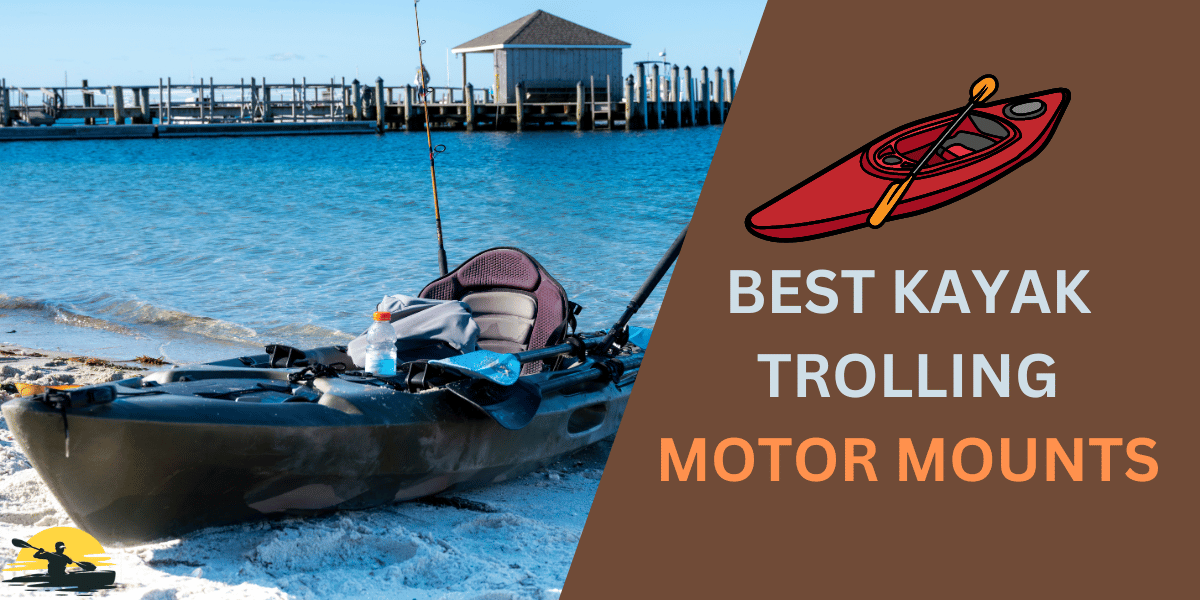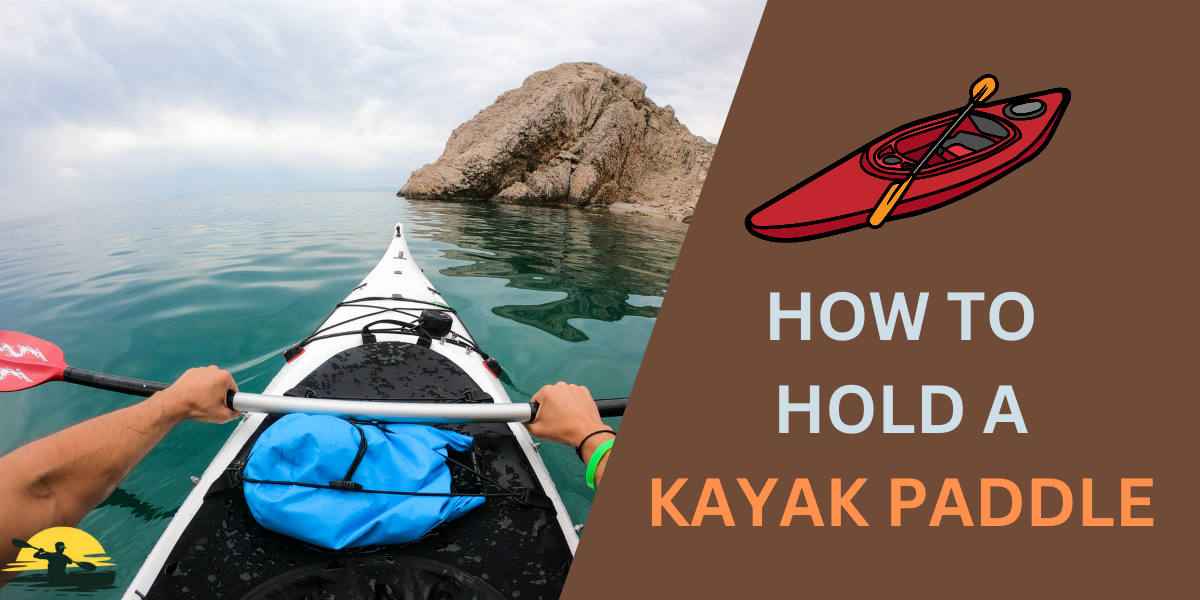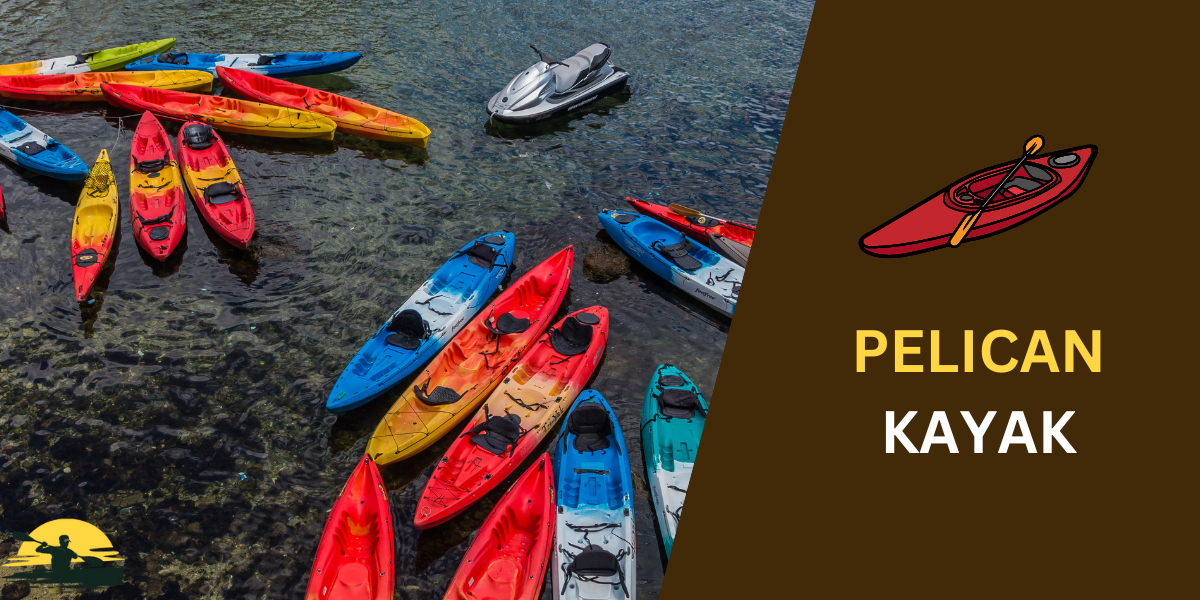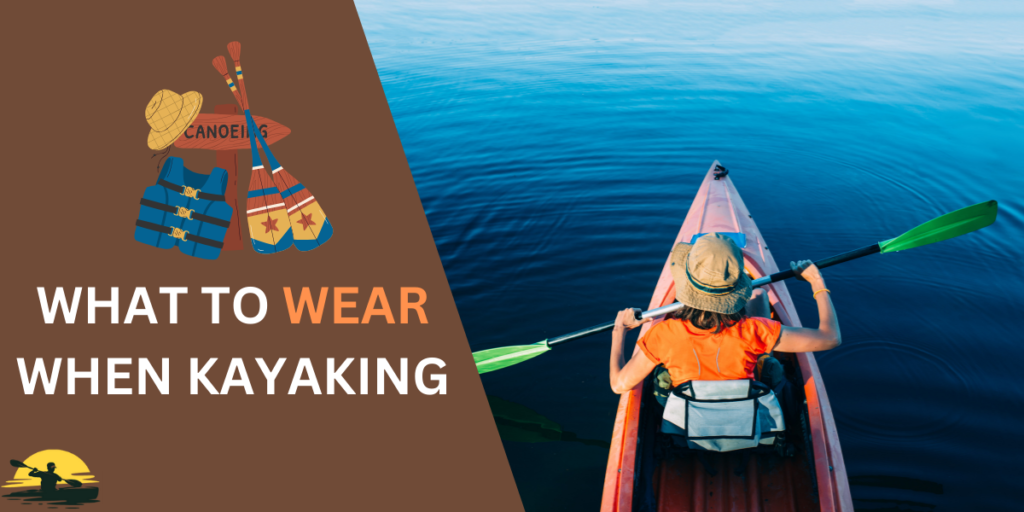
Ever dreamed of gliding across the water on a kayak?
It’s a fantastic way to explore nature, exercise, and have fun.
But before you head out, one key thing to consider is what to wear.
You might think dressing for kayaking is simple, but it’s more than just throwing on a swimsuit.
The key is staying comfortable and safe, and that depends on two main factors: the water temperature and the weather conditions.
Forget about dressing for the air temperature!
Cold water can be dangerous, so you need clothes insulating you even if you dip.
Sun protection is also crucial.
Kayaking Gear Essentials
- Layers are your friend! Think T-shirts, fleeces, and a rain jacket.
- Life vest – gotta have it, gotta wear it!
- Shoes for the water, or go barefoot if it’s safe.
- Don’t forget the hat, shades, and sunscreen!
- Dry bag keeps your phone and snacks from getting soaked.
Please keep reading to learn precisely what to wear for a kayaking adventure, no matter the conditions.
We’ll cover everything from base layers to paddling jackets so you can confidently hit the water!
Key Factors to Consider
Choosing the proper clothing for kayaking is all about keeping two essential things in mind: water temperature and weather conditions.

Let’s break it down:
- Water Temperature: The Biggest Deal The water temperature is WAY more important than how warm it feels outside. Cold water can be super dangerous, even on a sunny day. Remember, you’re not just dressing for the air temperature but for a potential swim!
- Weather Conditions: Don’t Forget These! While water temperature is number one, don’t ignore the weather! You’ll need to consider things like:
- Sun: Will you need sun protection? Hats, sunglasses, and long sleeves are your friends.
- Wind: A chilly breeze can make you feel colder, especially if wet.
- Rain: Will you need to stay dry?
Types of Kayaking: What’s Your Style?
The type of kayaking you’re doing also makes a difference:
- Recreational Kayaking: Lakes and slow rivers: Comfort is key here! Wear quick-drying clothes for warm weather.
- Sea Kayaking: Open water: Things get more serious in the ocean. You might need a wetsuit or even a dry suit for cold conditions.
- Whitewater Kayaking: Rapids, waves: You’ll see specialized gear, including helmets. Safety is the focus! Coast Guard-approved PFDs are a must here!
The Bottom Line: Choosing the proper clothing keeps you safe and lets you have the most fun on the water.
In the next section, we’ll get into the cool stuff – layering up for kayaking success!
Layering – Key to Comfort and Safety
Think of dressing for kayaking like building a superhero costume of comfort!
Layering is the secret; it lets you add or remove clothes as the weather or water temperatures change.

Here’s how it works:
- Base Layer: It’s All About Your Skin This layer sits right against your skin. Its job is to keep you from feeling clammy, even if you get wet or work up a sweat. Forget cotton (it stays wet forever!). Instead, look for:
- Synthetics: Polyester and nylon are good options – they dry fast.
- Wool: Great for colder weather, especially types like merino wool.
- Mid-Layer: This is for Warmth. This is your insulation layer. Depending on the water temperature, you might need:
- Fleece: A classic choice for cooler days.
- Wetsuit: Provides warmth in colder water. Comes in different thicknesses.
- Lightweight Jacket: A good option when you only need a bit of extra warmth.
- Outer Layer: Protection Power This layer is your shield! It helps with:
- Wind: Windproof jackets lock out the chill.
- Rain: Waterproof layers keep you dry.
- Sun: Some shirts provide sun protection, like having a built-in UPF rating.
A Few Extra Notes on Layering
- You don’t ALWAYS need all three layers. A hot summer day might need a base layer and a hat!
- Think about what you’ll be doing. Paddlers on active trips often dress differently than those chilling in a lake.
- Hands and feet matter, too! Gloves and special water shoes can make a big difference if it’s chilly.
The Magic of Layering: It keeps you comfy, whether splashing through waves or enjoying a calm paddle.
Next, we’ll tackle specific scenarios so you’ll know exactly what to wear!
What Should I Wear?
Now it’s time to match your gear to the day!
Here are a few common kayaking situations and what to wear for each:
1. Warm Summer Day

- Top: Keep it light and breezy! Options include:
- Swimsuit or rash guard (for extra sun protection)
- Wicking t-shirt or tank top
- Long-sleeved shirt with UPF protection if you burn easily
- Bottom:
- Board shorts or swim trunks
- Quick-drying pants for more coverage
- Footwear:
- Water shoes or sandals with straps (no flip flops – they fall off!)
- Barefoot is okay if you’re sure the entry/exit to the water is safe
- Accessories:
- Hat (a wide brim keeps your neck covered)
- Sunglasses (polarized are best for water sports)
- Sunscreen (waterproof kind that you put on often!)
2. Cool Weather, Windy

- Top: Start with a warm base layer (wicking t-shirt). Then add:
- Fleece jacket or a light, warm wetsuit
- Windproof and water-resistant paddling jacket on top
- Bottom:
- Quick-dry sports pants or leggings
- Waterproof rain pants on top if it’s wet
- Footwear:
- Neoprene booties or water shoes
- Warm socks (wool is best if they might get wet)
- Accessories:
- Warm hat that covers your ears
- Thin gloves if your hands get cold easily
3. Cold Water

- Top & Bottom: This is where things get serious for safety!
- Wetsuit: Provides insulation even if you end up in the water.
- Drysuit: Keeps you completely dry in icy conditions. It’s more expensive, but it is the best protection.
- Footwear:
- Neoprene booties with a built-in sole or water shoes designed for cold weather
- Accessories:
- Hood (neoprene works well)
- Gloves (special paddling gloves are made for better grip with wet hands)
Extra Tips
- Pack a dry bag with a spare set of clothes, just in case!
- Your PFD (life vest) goes on OVER everything. Your safety matters most!
- Test new gear before a big trip to know it fits and feels comfortable. Mobility is important when you’re in the boat!
Additional Gear

We covered the essentials of what to wear, but here’s some extra gear that can make your kayaking adventure safer and more fun:
- Personal Flotation Device (PFD or life vest): This one isn’t optional – it’s the law! PFDs save lives, so choose one that fits well and is the right type for your kayaking activities.
- Footwear:
- When’s it okay to go barefoot? Only if you’re 100% sure the area you’re putting in is clear of sharp rocks or debris.
- Water shoes come in many styles – neoprene for warmth, mesh for quick drying, and some with thick soles for better protection on the shore.
- Dry Bag: This waterproof bag is your best friend. Pack it with:
- Extra clothes (just in case!)
- Snacks and water bottle
- Phone or electronics (protected in waterproof cases)
- Sunscreen and a small first-aid kit
Extra Notes:
- Some PFDs have cool features like storage pockets or built-in hand warmers.
- Check local kayaking regulations to see if there’s any specific gear you’re required to have by law.
Sun Protection

The sun on the water is extra strong, so protection is essential no matter the weather!
- Clothing:
- Long sleeves and pants help cover your skin
- Look for shirts with built-in UPF (like how sunscreen has SPF).
- Sunscreen:
- Use waterproof or sports sunscreen with an SPF of 30 or higher
- Apply liberally even on cloudy days, and re-apply every 2 hours!
- Sunglasses and Hat:
- Polarized sunglasses cut the glare off the water and help you see better
- A wide-brimmed hat protects your face and neck
Protecting yourself from the sun isn’t just about avoiding sunburn – it’s about staying safe long-term!
Tips & Tricks
Here are some extra pointers to make sure you’re comfy, safe, and ready for some awesome kayaking adventures:
- Pack smart: Think light! Bulky clothes make it harder to paddle. Choose items that are packed down small in your dry bag.
- Changing made easy: If you need to change before or after your trip, bring a towel or changing poncho for some privacy.
- Backup is best: Always have a spare set of dry clothes in your car or dry bag in case of a surprise splash!
- Gear check: Before heading out, test all your gear to ensure it fits and works as it should.
- Know the rules: Check the specific regulations about things like PFDs in your area.
Additional Notes
- You don’t need to buy everything at once!
- Start with the basics, and add gear as you kayak more often.
- Ask other kayakers or check out online groups for tips tailored to your local area.
Conclusion

When you have the right clothing, kayaking becomes way more fun!
It’s all about staying comfortable, protected from the sun, and prepared for anything the weather might bring.
Remember those layering tips so you can adjust as you paddle!
Now, there’s nothing left to do but get planning!
Where’s your next kayaking adventure going to be?
A calm lake at sunset?
Exploring a rocky coastline?
No matter where you go, make sure you’re dressed for the occasion.
Happy paddling! 😊
Frequently Asked Questions
What if the weather changes while I’m kayaking?
This is why layering is so important! Start with a base layer, add a warmer mid-layer if needed, and top it off with waterproof gear. You can always add or remove layers to match the weather.
Can I wear jeans kayaking?
Jeans aren’t the best choice. They’re made of cotton, which gets heavy when wet and takes forever to dry. It might limit your movement while paddling, too! Stick to quick-drying fabrics for a more comfortable trip.
Do I need special shoes for kayaking?
It depends! Going barefoot works if the water’s warm and the shore is clear of sharp objects. Otherwise, water shoes or sandals with straps protect your feet and provide some grip.
How important is sun protection for kayaking?
Super important! Being on the water means extra sun exposure. Wear a hat, sunglasses, and sunscreen, even on cloudy days. Look for clothing with built-in UPF for even better protection.
What kind of wetsuit should I get?
Wetsuits come in different thicknesses for different water temperatures. You’ll want a thicker wetsuit for warmth if you paddle in colder areas. Local kayak shops can help you choose the right one based on your needs.



